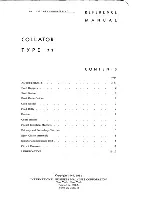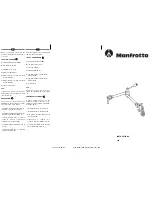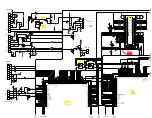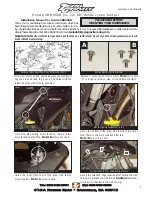
24
5 Connecting to power supply
WEIGHTRAC 31 • 4 … 20 mA/HART - four-wire
42374-EN-131119
If potential equalisation currents are expected, the connection on the
processing side must be made via a ceramic capacitor (e. g. 1 nF,
1500 V). The low-frequency potential equalisation currents are thus
suppressed, but the protective effect against high frequency interfer-
ence signals remains.
Warning:
Significant potential differences exist inside galvanization plants as
well as on vessels with cathodic corrosion protection. Considerable
equalisation currents can flow over the cable screen if the screen is
grounded on both ends.
To avoid this, the cable screen in such applications must be con-
nected only on one end to ground potential in the switching cabinet.
The cable screen must
not
be connected to the inner ground terminal
in the sensor and the outer ground terminal on the housing must
not
be connected to potential equalization!
Information:
The metal parts of the instrument are conductively connected with
the inner and outer ground terminal on the housing. This connection
is either a direct metallic connection or, in case of instruments with
external electronics, a connection via the screen of the special con-
nection cable.
You can find specifications on the potential connections inside the
instrument in chapter "
Technical data
".
The voltage supply and signal output are connected via the spring-
loaded terminals in the housing.
The connection to the display and adjustment module or to the inter-
face adapter is carried out via contact pins in the housing.
Proceed as follows:
The procedure applies to instruments without explosion protection.
1. Unscrew the big housing cover
2. Loosen compression nut of the cable entry gland
3. Remove approx. 10 cm (4 in) of the cable mantle, strip approx.
1 cm (0.4 in) of insulation from the ends of the individual wires
4. Insert the cable into the sensor through the cable entry
Connection technology
Connection procedure
















































